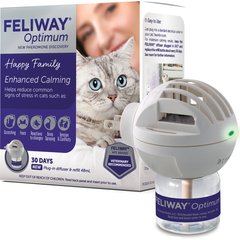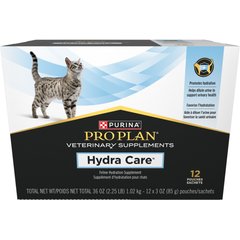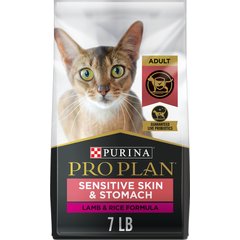Tetralogy of Fallot in Cats
Tetralogy of Fallot is a congenital defect of the heart that involves four abnormalities: a ventricular septal defect (a hole between the two ventricles), pulmonic stenosis (obstruction of blood flow through the pulmonary valve), an overriding aorta, and right ventricular hypertrophy (thickening of the heart muscle).
Symptoms and Types
- Weakness
- Fainting
- Shortness of breath
- Cyanosis
Vet Recommended Health Support
- Feliway Optimum Enhanced Calming 30 Day Diffuser for Cats$29.99Chewy Price
- Purina Pro Plan Veterinary Diets FortiFlora Powder Probiotic Digestive Supplement for Cats, 30 count$30.99Chewy Price
- Purina Pro Plan Veterinary Diets Hydra Care Liver Flavored Liquid Supplement for Cats, 3-oz pouch, case of 12$14.99Chewy Price
- Purina Pro Plan Adult Sensitive Skin & Stomach Lamb & Rice Formula Dry Cat Food, 7-lb bag$28.08Chewy Price
Causes
Tetralogy of Fallot is a congenital disease that likely is influenced by genetic factors.
Diagnosis
Your veterinarian will start with a physical examination on your cat, which may reveal a heart murmur. Routine blood testing may be recommended. Your veterinarian will likely want to take radiographs (X-rays) of the heart and an ultrasonic study of the heart (known as an echocardiogram) will probably be necessary as well. Other testing that may be pursued include an electrocardiogram (ECG), pulse oximetry (measurement of hemoglobin saturation), and/or angiocardiography.
Treatment
Exercise restriction is important when dealing with cats with Tetralogy of Fallot in order to reduce the strain on the heart. Periodic phlebotomy may be necessary to maintain an appropriate packed cell volume. Palliative surgical procedures have been advocated to improve blood flow. Medications such as propanolol may be beneficial in controlling symptoms associated with this defect.



